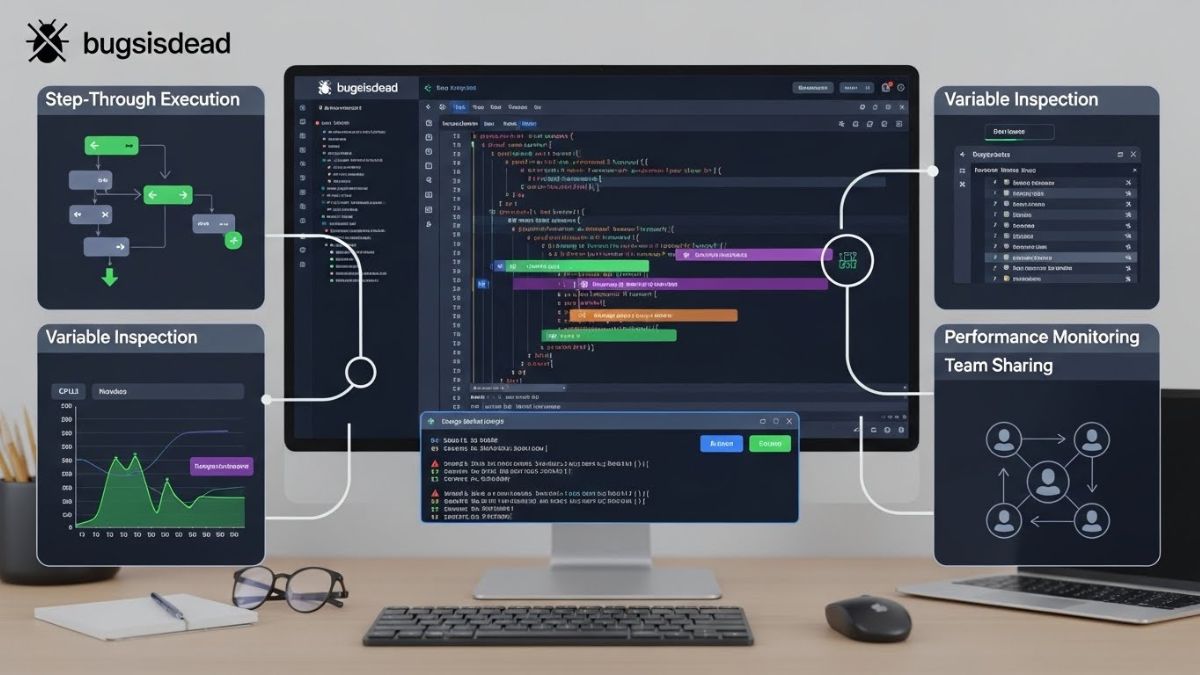Artificial Intelligence (AI) has evolved significantly, allowing for more human-like interactions. One of the most effective ways to improve AI responses is through persona activity. By creating distinct personas, AI systems can provide more engaging, relatable, and contextually accurate responses. Let’s explore how persona activity enhances AI interactions and why it is crucial for AI development.
Understanding Persona Activity in AI
Persona activity refers to the practice of designing AI responses based on specific personas. A persona is a set of characteristics, behaviors, and language patterns that define an AI’s interaction style. This approach helps AI systems cater to different audiences effectively.
Importance of Persona Activity for AI
Persona activity is vital for improving AI interactions. It allows AI to deliver responses that align with user expectations, making conversations feel natural and engaging. Without personas, AI responses may appear generic and lack emotional depth, reducing user satisfaction.
How Personas Shape AI Responses
Personas influence various aspects of AI responses, including tone, formality, and context-awareness. For example, an AI designed for customer support may use polite and professional language, while a chatbot for casual entertainment might adopt a friendly and humorous tone.
Creating Effective AI Personas
Developing an effective AI persona involves several key steps:
- Defining the Target Audience – Understanding the users’ demographics, preferences, and expectations.
- Establishing Personality Traits – Determining if the AI should be formal, casual, humorous, or empathetic.
- Choosing a Communication Style – Deciding on the language, tone, and complexity level suitable for the audience.
- Training with Contextual Data – Ensuring the AI learns from relevant conversations to refine its responses.
- Testing and Refinement – Continuously improving AI interactions based on user feedback.
Benefits of Using Personas in AI
Implementing persona activity in AI responses offers several benefits, including:
- Enhanced User Engagement – Personalized interactions make conversations more appealing.
- Increased Trust and Credibility – Users feel more comfortable interacting with AI that aligns with their communication style.
- Better Customer Support – AI can provide accurate, empathetic responses tailored to user needs.
- Greater Adaptability – AI can switch between different personas to suit various contexts.
Challenges in Implementing Persona Activity
While persona activity significantly enhances AI responses, it comes with challenges:
- Balancing Personalization and Generalization – AI must maintain consistency without becoming overly rigid.
- Avoiding Bias in Responses – Ensuring AI personas do not reinforce stereotypes or discriminatory language.
- Maintaining Context Awareness – AI should remember past interactions to sustain meaningful conversations.
Examples of Persona-Based AI Responses
- Customer Support AI – Uses professional and polite language to address user concerns efficiently.
- Gaming Chatbots – Engages users with playful, witty responses to enhance entertainment experiences.
- Healthcare Assistants – Provides compassionate and informative interactions for medical inquiries.
- Educational Tutors – Adopts a knowledgeable yet approachable persona for student learning support.
- Personal Finance Bots – Delivers clear and concise advice while maintaining a reassuring tone.
How AI Learns and Adapts Personas
AI systems learn personas through machine learning and natural language processing (NLP). By analyzing vast amounts of conversational data, AI can adapt its responses to fit predefined personas. Reinforcement learning further refines AI interactions based on user feedback.
The Role of NLP in Persona Activity
Natural Language Processing (NLP) plays a crucial role in persona activity by enabling AI to understand and generate human-like text. NLP helps AI recognize context, detect sentiment, and adjust responses based on user interactions.
Improving AI Persona Accuracy
To ensure AI personas are accurate and effective, developers should:
- Regularly update AI training data with real-world interactions.
- Implement user feedback loops for continuous improvement.
- Use diverse data sources to minimize biases and enhance adaptability.
- Conduct A/B testing to compare different persona approaches.
Future Trends in AI Persona Development
The future of persona activity in AI responses includes advancements in:
- Emotionally Intelligent AI – AI capable of detecting and responding to human emotions.
- Dynamic Persona Switching – AI adjusting personas in real-time based on user behavior.
- Cross-Platform Consistency – Ensuring AI maintains persona integrity across multiple channels.
Conclusion
Persona activity is a powerful tool for enhancing AI responses, making them more relatable, engaging, and effective. By carefully designing AI personas, developers can create intelligent systems that cater to diverse user needs. As AI technology continues to evolve, persona activity will play an even more significant role in shaping human-like interactions.
FAQs
Why is persona activity important in AI responses?
Persona activity makes AI interactions more personalized, engaging, and user-friendly.
How do developers create AI personas?
Developers define the target audience, set personality traits, choose a communication style, train with contextual data, and refine through feedback.
Can AI switch between different personas?
Yes, advanced AI systems can adapt personas based on context and user interactions.
What challenges arise in persona-based AI responses?
Challenges include balancing personalization, avoiding bias, and maintaining context awareness.
What is the future of persona activity in AI?
Future developments include emotionally intelligent AI, real-time persona switching, and consistent cross-platform interactions.











